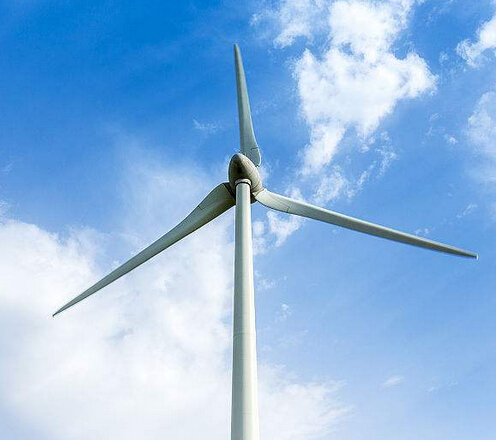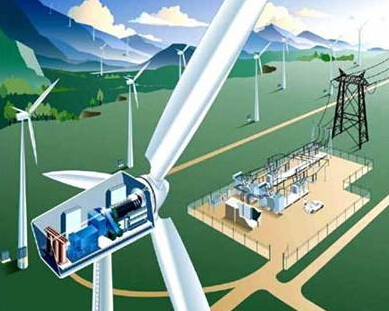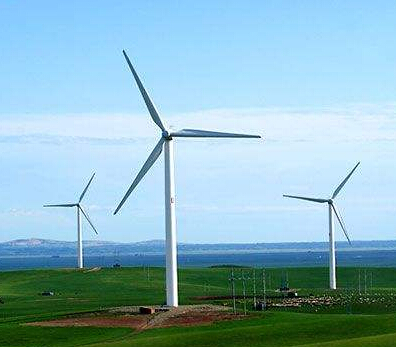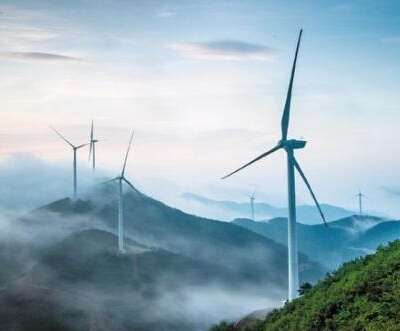According to a National Energy Board document that has been widely circulated in the industry, the National Energy Administration recently approved the project of supporting renewable energy bases for the Shanghai Umbilical Power Transmission Channel from the Shanghai Miao Temple in Inner Mongolia. The first-phase wind power construction scale of the project is 3.8 million kilowatts, and the photovoltaic construction scale is 200,000 kilowatts. The power generation capacity is transmitted to Shandong Power Grid through the Shanghai Temple to Shandong UHV high-voltage channel.
The above document proposes that according to the planning of the base, the construction of transmission channels and the ability to transport renewable energy, reasonably determine the construction layout of the supporting projects for the base, use a competitive way to allocate project resources and determine the project investment and development enterprises, and regard the electricity price as the main competition conditions. The industry exclaimed: Did wind power enter the era of competitive Internet access?
Promote wind power tariff

“Whether it is on the Internet for the same price or for competitive prices, in fact, it involves the formulation of the wind power tariff system. The electricity price system leads the whole system and has a direct influence on the development of the industry. For wind power, the design of the electricity price system is to Promote the sustainable development of the industry; second is to promote a steady decline in costs." The responsible person said the wind power developer.
According to the direction of power market reform, bidding online is a long-term goal. Some people think that the fixed benchmark price of wind power can not reflect the power supply and demand relationship and the peaking cost of the power system in time according to changes in output, which is not conducive to wind power bidding.
However, there are also views that, in the short and medium term, the first thing to consider is to shift from the existing subsidy to the fixed subsidy, and gradually to get rid of the subsidy dependence.
"As for the use of competitive methods to allocate project resources and determine project investment and development enterprises as mentioned in the document, it is unknown whether or not it is specifically implemented. Is it similar to historical auction model for concession bidding?" a wind power development company related person asked reporters .
As early as 2006, the National Development and Reform Commission had promulgated the "Trial Procedures for the Management of the Allocation of Renewable Energy Power Generation Prices and Expenses," requiring wind power on-grid tariffs to be formed in accordance with the tendering method. This leads to different projects with similar wind resources in the same region, and there may be great differences in on-grid tariffs.
















 RCCN WeChat QrCode
RCCN WeChat QrCode Mobile WebSite
Mobile WebSite







